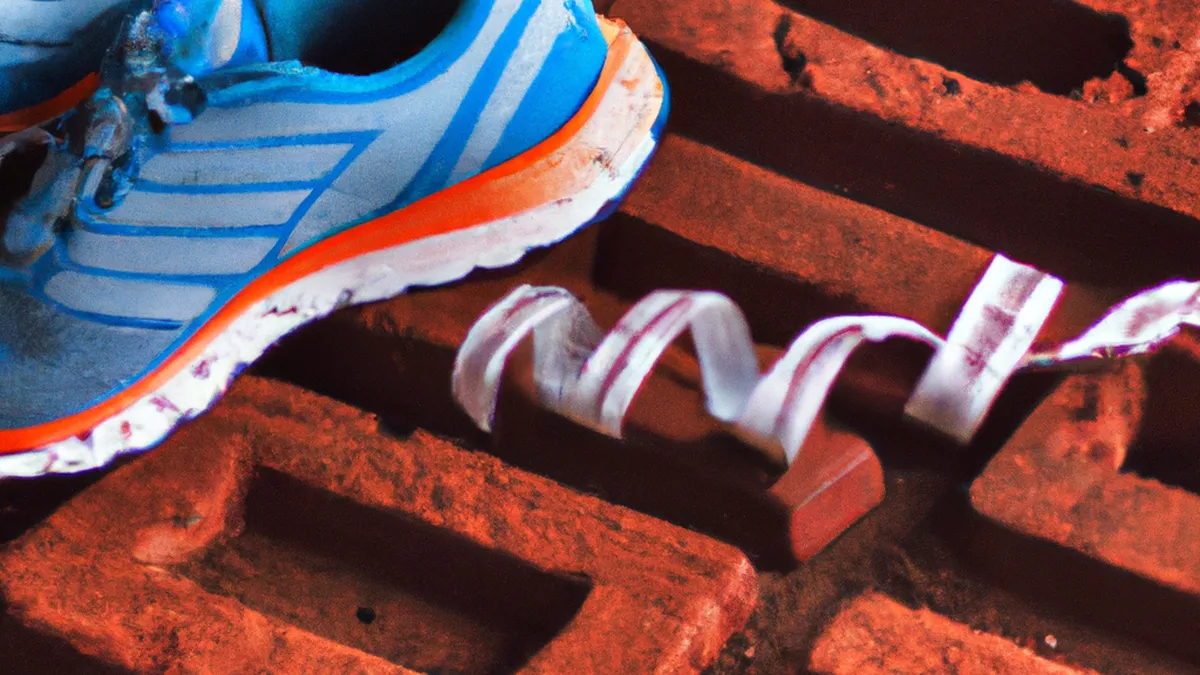Grip and Glide: Gravel Corner Tips
Mastering Cornering on Gravel TrailsGravel trails offer adventure and challenge for cyclists. Unlike smooth pavement, gravel surfaces vary greatly. Cyclists must approach cornering differently. Mastering cornering helps maintain speed and ensures safety. This blog post explores techniques for effective cornering on gravel trails. We provide skills to navigate these terrains confidently.
Understanding the Mechanics of Cornering
Understanding cornering mechanics is crucial. Cornering involves balance, speed, and body position. Maintain traction while navigating curves for smooth entry and exit. As you approach a corner, visualize your path. This mental mapping helps you anticipate the curve. Focus on your destination instead of obstacles. “Looking through the turn” improves control and confidence. This technique allows your bike to flow along your desired line.
The Importance of Body Position
Body position plays a critical role in cornering. A lower center of gravity enhances stability on uneven gravel surfaces. Bend your elbows and knees slightly to absorb shocks and maintain control.As you enter the corner, shift your weight to the outside pedal. This maximizes traction on your tires. Lean inward while keeping your head up and looking ahead. This position improves balance and helps maintain a better line through the turn.
Speed Management is Key
Speed management is critical for cornering on gravel. Entering a corner too fast can lead to loss of control. Reduce your speed before reaching the turn. Brake gently and evenly to maintain grip. Avoid hard braking in the turn to prevent tire sliding.Once you navigate the corner, accelerate smoothly as you exit. This technique maintains momentum without losing control. Find a balance between speed and control for improved cornering proficiency.
Choosing the Right Line
Selecting the right line is crucial for effective cornering. Approach the turn from the outside, cut towards the apex, and exit on the outside. This path allows for a gradual angle, reducing traction loss risk.Stay vigilant for obstacles like rocks, roots, or ruts that can disrupt your line.
Conclusion
As an Amazon Associate I earn from qualifying purchases.
Gear tip: consider bike helmet, cycling shoes, and bike computer to support this topic.
In summary, mastering cornering on gravel trails requires understanding mechanics, body position, speed management, and line selection.
Below are related products based on this post:
FAQ
What is the importance of mastering cornering on gravel trails?
Mastering cornering on gravel trails is essential for maintaining speed and ensuring safety. It allows cyclists to navigate varied surfaces confidently and effectively. With proper techniques, riders can improve their control and overall riding experience.
How does body position affect cornering?
Body position is critical in cornering as it influences stability and control. A lower center of gravity enhances balance, while shifting weight to the outside pedal maximizes traction. Maintaining an upright head position while leaning inward helps cyclists navigate turns more effectively.
What should cyclists consider regarding speed management while cornering?
Speed management is vital for safe cornering on gravel trails. Cyclists should reduce their speed before entering a turn and brake gently to maintain grip. Accelerating smoothly after navigating the corner helps maintain momentum without losing control.















Post Comment